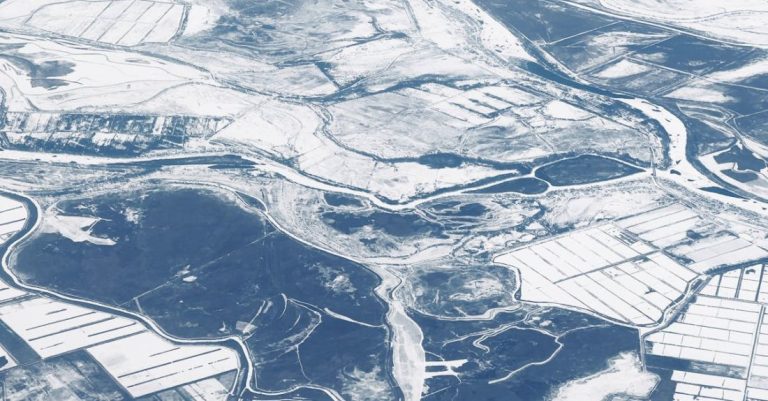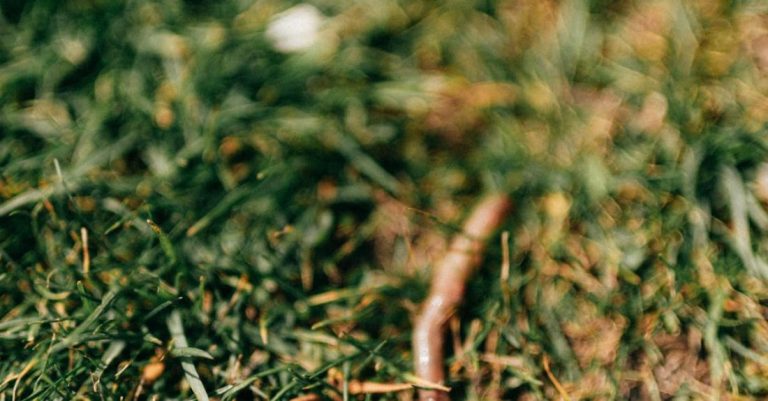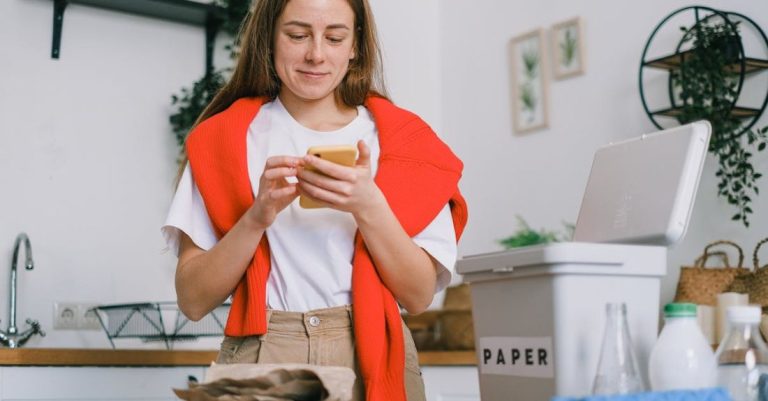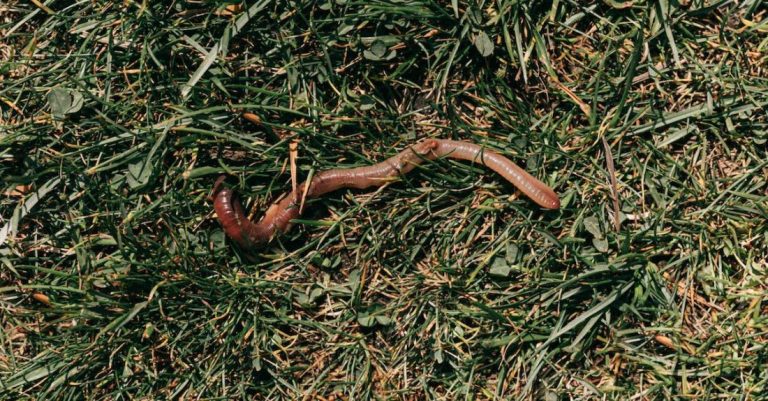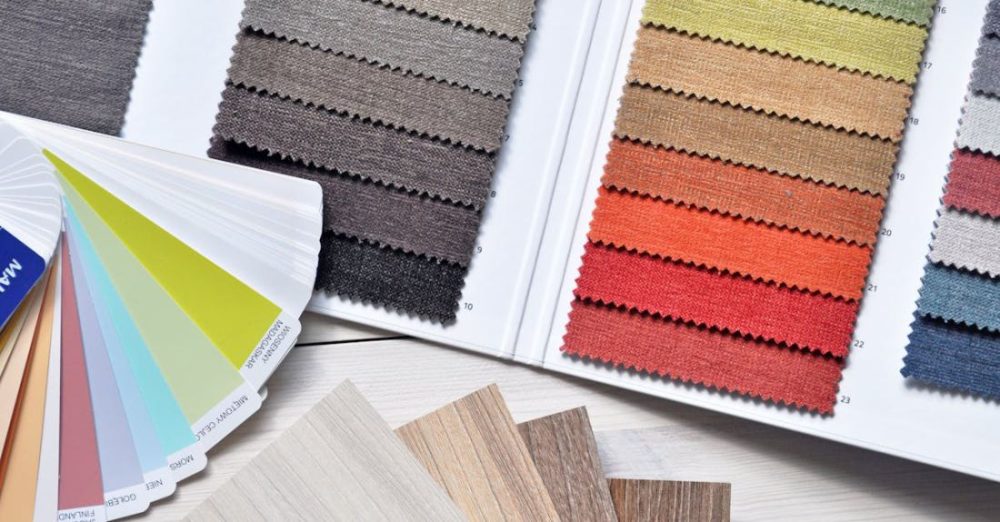
Composting is a fantastic way to reduce waste and create nutrient-rich soil for your garden. One of the key factors in successful composting is the materials you use. Choosing the right materials can significantly impact the quality and efficiency of your compost pile. In this article, we will explore the best materials for composting to help you create a thriving compost pile.
Understanding Green and Brown Materials
When it comes to composting, materials are typically categorized into two main groups: green and brown. Green materials are nitrogen-rich, such as grass clippings, fruit and vegetable scraps, and coffee grounds. Brown materials, on the other hand, are carbon-rich and include items like dried leaves, straw, and cardboard. For a healthy compost pile, it’s essential to maintain a balance between green and brown materials.
Green Materials
Green materials are essential for providing nitrogen, which is crucial for the microbial activity that breaks down organic matter in the compost pile. Some of the best green materials to use in composting include:
– Fruit and vegetable scraps: These kitchen scraps are rich in nitrogen and help speed up the decomposition process.
– Grass clippings: Fresh grass clippings are an excellent source of nitrogen and can add moisture to the compost pile.
– Coffee grounds: Coffee grounds are a great addition to compost due to their nitrogen content and ability to attract beneficial earthworms.
– Plant trimmings: Trimmed leaves and plants from your garden can provide a healthy dose of nitrogen to your compost pile.
Brown Materials
Brown materials help balance the nitrogen-rich green materials by providing carbon, which helps create an optimal environment for decomposition. Some of the best brown materials for composting include:
– Dried leaves: Fallen leaves are abundant in the fall and make an excellent carbon-rich addition to your compost pile.
– Straw: Straw is a great source of carbon and helps aerate the compost pile, preventing it from becoming too compacted.
– Cardboard: Shredded cardboard is a fantastic brown material that can help absorb excess moisture in the compost pile.
– Sawdust: Sawdust from untreated wood can add carbon to the compost pile and help create air pockets for better aeration.
Other Beneficial Materials
In addition to green and brown materials, there are other items you can add to your compost pile to enhance its quality and speed up the decomposition process. Some of these materials include:
– Eggshells: Crushed eggshells add calcium to the compost pile, which is essential for plant growth.
– Seaweed: Seaweed is rich in nutrients and can help accelerate decomposition in the compost pile.
– Coffee filters: Used coffee filters can be composted along with coffee grounds to add carbon to the pile.
Maintaining a Healthy Compost Pile
To ensure your compost pile stays healthy and productive, it’s essential to follow a few key guidelines. First, make sure to regularly turn the pile to aerate it and distribute moisture evenly. Keep the pile moist but not waterlogged, as excessive moisture can slow down the decomposition process. Additionally, avoid adding meat, dairy, or oily foods to the compost pile, as these can attract pests and create unpleasant odors.
In conclusion, composting is a simple and effective way to reduce waste and create nutrient-rich soil for your garden. By using the best materials for composting, such as a mix of green and brown materials, you can create a thriving compost pile that will benefit your plants and the environment. Remember to maintain a healthy balance of materials, turn the pile regularly, and avoid adding inappropriate items to ensure successful composting. Start composting today and watch your garden flourish with the help of nutrient-rich compost.


